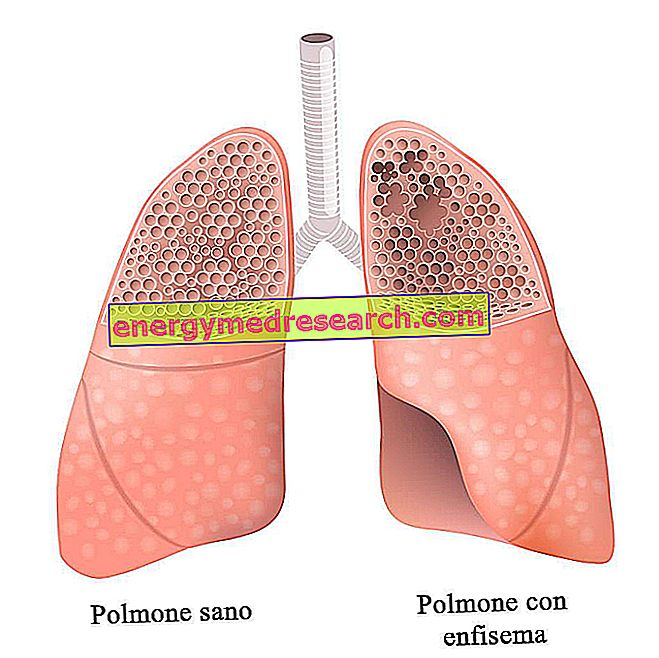Curated by Luigi Ferritto (1), Walter Ferritto (2), Giuseppe Fiorentino (3) |
Summary
Introduction Epidemiology Diagnosis Epworth Sleepiness Scale (ESS) Treatment Conclusions and bibliographyIn depth:
Sleep apnea: also a safe driving problem Cardiovascular implications Drugs for the treatment of night apnea Remedies for night apneaSleep Obstructive Apnea Syndrome (OSAS) - introduction
Sleep is a natural and biological phenomenon of a periodic nature during which there is a loss of consciousness and the partial reduction or suspension of the functioning of the nerve centers, with the consequent decrease in the various organic functions, such as circulation, respiration and metabolism. It also represents an important bodily function, contributing to the maintenance of psychophysical balance.
Sleep disorders are very frequent and are associated with various diseases, in fact:
1/3 of the population suffers from insomnia, 1/2 of patients with diabetes, hypertension, heart disease suffer from insomnia and 5% of the adult population has obstructive sleep apnea syndrome (OSAS, from English: Obstructive Sleep Apnea Syndrome).
The obstructive respiratory function abnormalities are among the most troublesome sleep disorders which, if untreated, can negatively affect the social and health conditions of those affected.
The nocturnal obstructive apnea syndrome is the most frequent form of respiratory sleep disorder, characterized by the collapse of the upper airways and by cyclic episodes of partial closure of the hypopharynx, with subsequent inspiratory efforts in order to reopen the air passage. This syndrome is characterized by:
- snoring;
- repeated episodes of partial obstruction (narrowing) or complete upper airways;
- appearance of daytime sleepiness and / or impaired performance.
The "primum movens" of the syndrome would be the narrowing of the airways during sleep, caused in part by the reduction of over 20 pharyngeal muscles, which normally keep the upper airways open during sleep, and partly from the excess of soft tissue, mainly due, but not exclusively, to excessively accumulated fatty tissue.
These alterations cause repeated nocturnal episodes of partial or complete collapse of the airways, with marked reduction or complete cessation of the air flow.
In the first case there is hypopnea, characterized by a reduction in airflow greater than 50% of the basal value, possible hypoxemia, accompanied by an important and persistent, but ineffective, thoraco-abdominal inspiratory effort that can also take on characteristics of progressiveness with sudden breakouts of collapse and microrisvegli (arousal) that can be seen on the electroencephalogram.
In the second case instead there is obstructive apnea with cessation of air flow, while thoracic and / or abdominal movements persist.
The International Classification of Sleep Disorders defines the interruption of the air flow able to provoke episodes of apnea or hypopnea that occurs with a duration not less than 10 seconds. Apnea-Hypopnea Index (AHI) is the total number of apnea and hypopnea episodes per hour of sleep.
A value> 5 / hour is abnormal and may be associated with excessive daytime sleepiness. Other less frequent forms of sleep apnea are: central sleep apnea and mixed apnea.
Central sleep apnea is due to cessation of breathing resulting in temporary interruption of the stimulus from the central nervous system. This form of apnea, in which the patency of the upper airways is maintained, is often related to cerebro-vascular diseases and heart failure (Cheyne-Stokes breath). Those affected have the phenomena of arousals.
Mixed apnea is a form of sleep apnea that begins as central but ends as an obstructive form with progressive respiratory effort. It is however considered as obstructive.
| 1 | 2 | 3 | » |



